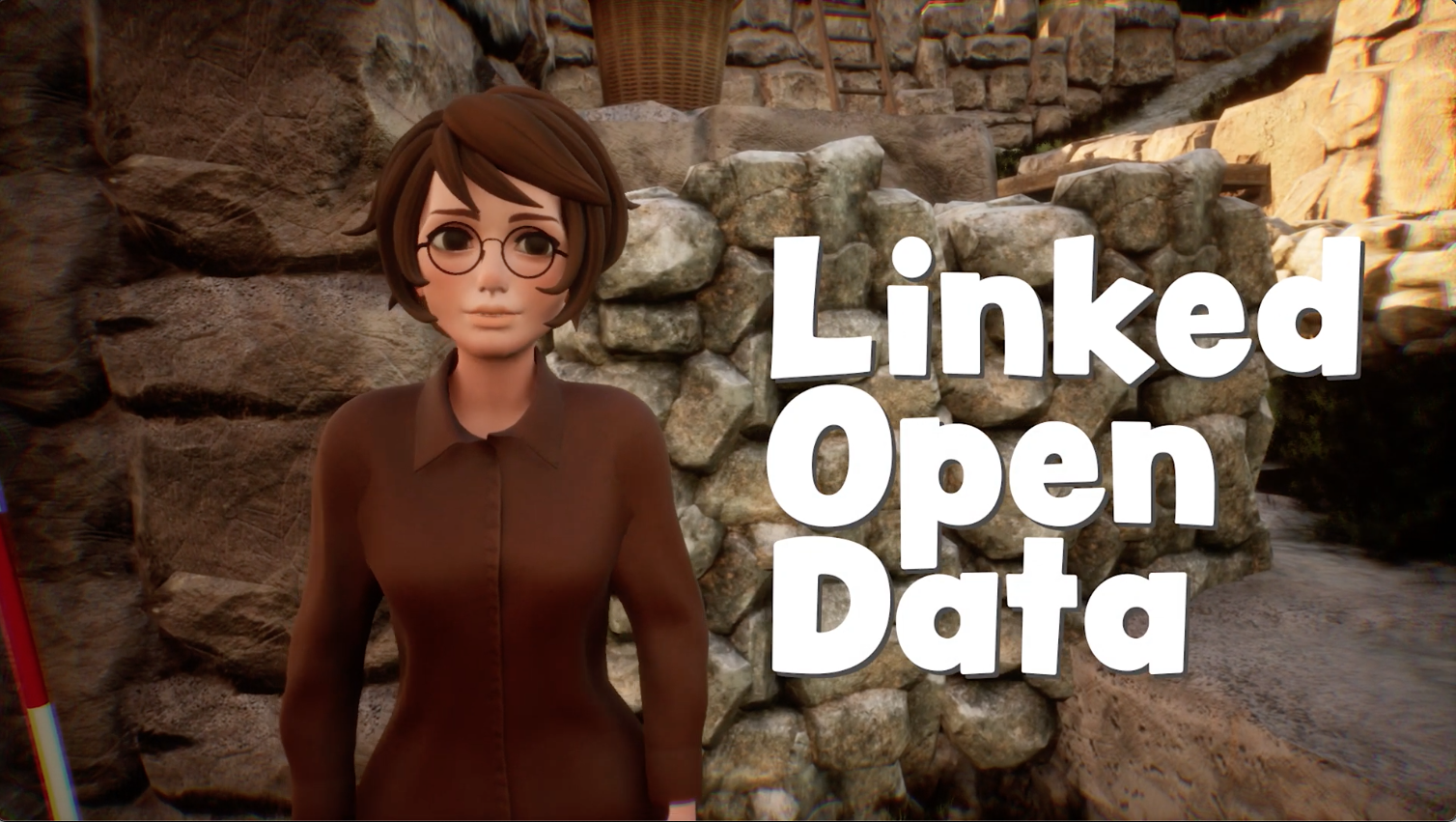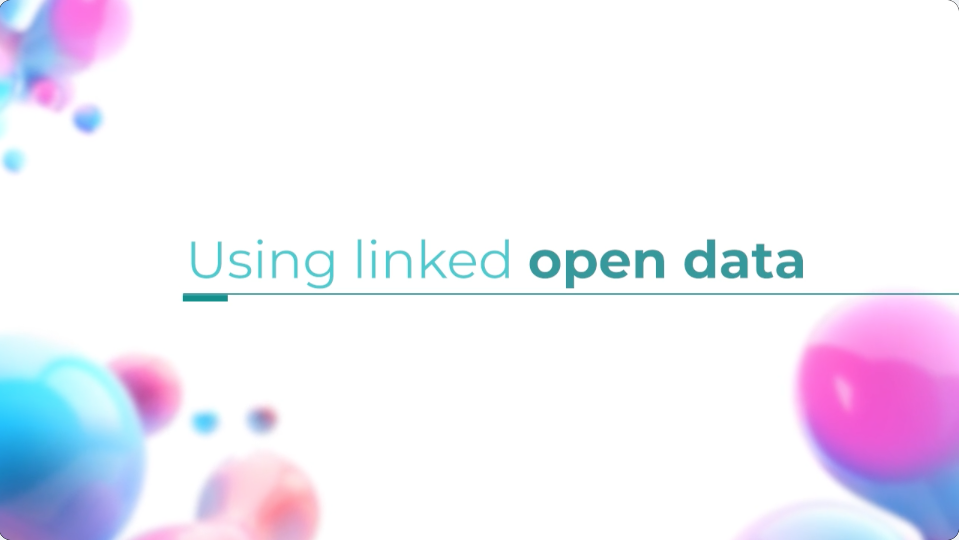Spotlight: the Pelagios Network
The Pelagios Network uses linked open data to share information and support collaboration between scholars. The basic idea of linked open data goes back to the pioneers of the World Wide Web. It is a powerful way to freely use and distribute information.
Throughout this course, we use videos to present perspectives on open research. Take a little time to write notes on these videos: you can download your notes at the end of the course.
Our first video, funded by AHRC and created by Too Tall Productions, takes you on a whistle-stop tour of how the Pelagios Network uses linked open data. As you watch, think about why this has the potential to be a great tool for research.

Transcript: Video 1: Linked open data, what on earth is that?
Now listen to Professor Elton Barker, classicist and co-founder of the Pelagios Network, to get the backstory. He talks about the very first attempts at collaboration, and how linked open data has helped him with his own research. As you watch the video, think about how this kind of resource could also help with other types of research.

Transcript: Video 2: Using linked open data
Use this box to write what you have learned from both videos. How does the Pelagios Network use linked open data? What are the particular features of linked open data that Prof. Barker believes are most useful for scholars?
Allow about 10 minutes for this.
When you are ready, press 'reveal' to see our comments.
Discussion
The Pelagios Network researchers are interested in Greek objects and texts. Even if you come from a very different discipline, you should still be able to recognise how linked open data allows researchers in different institutions to collaborate, enriching the amount of data they can all access. The data is organised in a systematic way and given permanent identifiers, so the information can be scrutinised from different perspectives, and reused by researchers in other institutions or disciplines.
So far in Week 1, you have been introduced to five examples of open research projects from astronomy, medicine, education and the humanities. What do these disparate projects, from very different academic disciplines, have in common? To a greater or lesser extent, they all share some foundational principles. In this course open research will be broken down into three key facets that span across disciplines: transparency, integrity, and accessibility. Let’s start with transparency.
Examples of open research projects
